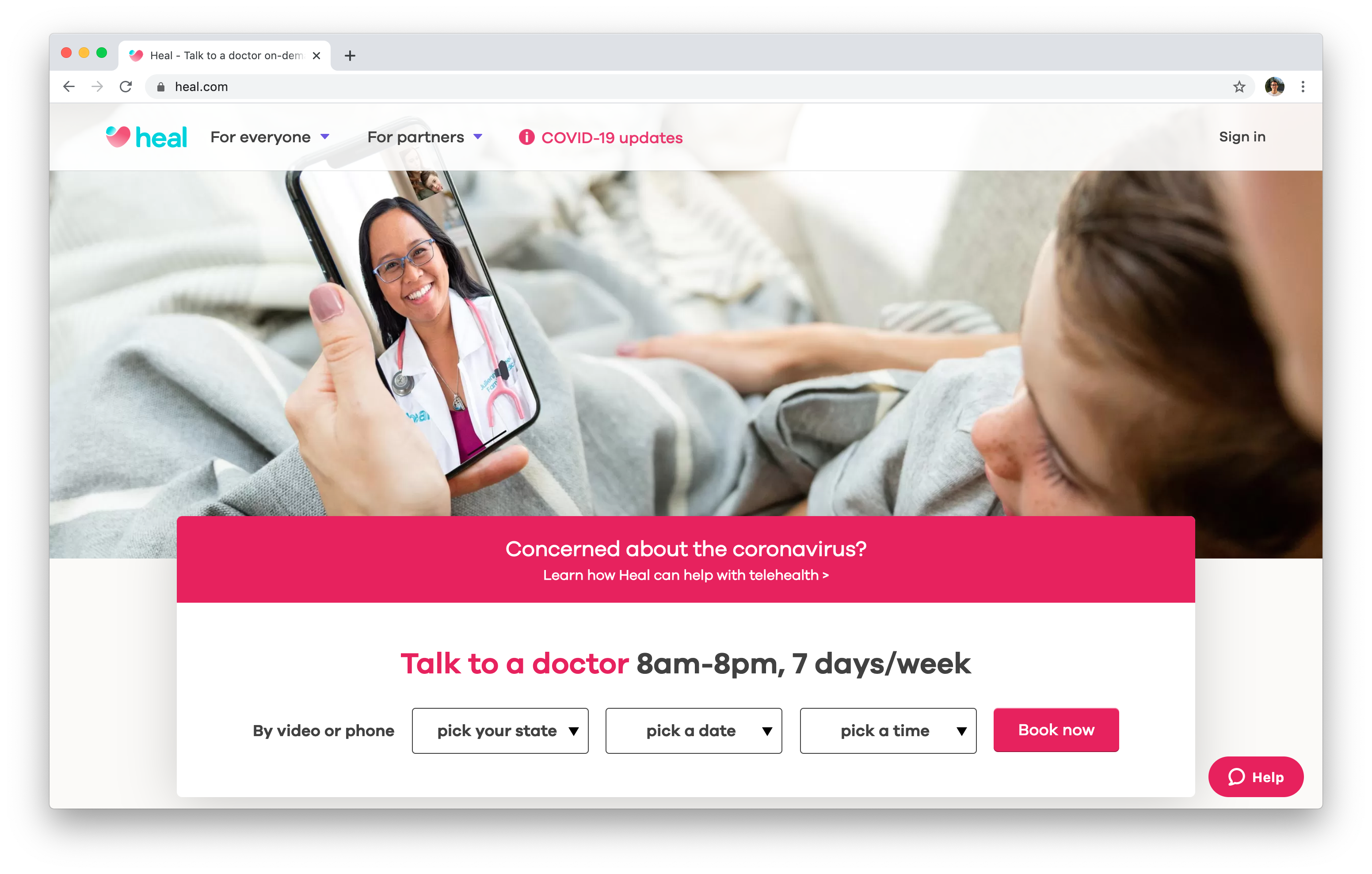Why Subscription Based Healthcare is Acquiring Popularity Among Patients Today
Why Subscription Based Healthcare is Acquiring Popularity Among Patients Today
Blog Article
How Subscription-Based Health Care Is Revolutionizing the Clinical Market

The Increase of Membership Medical Care
In recent times, the health care sector has actually witnessed a significant change towards subscription-based designs, showing more comprehensive customer fads preferring benefit and predictability. This transformation is driven by the increasing demand for more easily accessible and individualized care services. Subscription healthcare, often described as concierge medicine or straight health care, provides people a set monthly fee for a variety of medical solutions, considerably modifying traditional fee-for-service versions.
The surge of registration healthcare is facilitated by advancements in modern technology, which enable streamlined communication in between suppliers and individuals - subscription based healthcare. Digital platforms and telehealth services have come to be indispensable, using clients the ability to arrange visits, access clinical documents, and get assessments online. This technological integration not just enhances person involvement however also permits carriers to supply a lot more efficient treatment
Additionally, the subscription design aligns with the developing expectations of clients that seek even more control over their healthcare expenditures and experiences. By getting rid of the changability of co-pays and insurance cases, subscription-based medical care provides a uncomplicated and transparent technique. While this model is obtaining grip, its spreading faces difficulties such as regulatory difficulties and the necessity for wider approval within the typical healthcare environment. Its expanding existence notes a critical moment in the development of health care delivery.
Benefits for Suppliers and clients
Subscription-based health care uses a multitude of benefits for both people and service providers, improving the dynamics of healthcare. For people, this version supplies improved access to healthcare services. With a foreseeable regular monthly charge, individuals can delight in limitless consultations, minimized delay times, and personalized treatment. This plan frequently causes an extra aggressive strategy to wellness administration, enabling prompt interventions that can protect against persistent conditions from escalating. The economic transparency of membership designs decreases the unpredictability linked with standard fee-for-service billing, easing the burden of unforeseen clinical expenses.
For doctor, subscription-based versions foster a more rewarding and sustainable method. By safeguarding a constant revenue stream, suppliers can concentrate on supplying top quality treatment without the pressure of volume-based service. This design motivates longer patient examinations, cultivating more powerful patient-provider partnerships and improving health and wellness results. Furthermore, it uses carriers the flexibility to innovate and incorporate holistic and preventive care practices. Management jobs are usually structured, lowering overhanging costs and enabling carriers to commit even more time to patient interaction. In general, subscription-based health care aligns the motivations of carriers and individuals, promoting a more effective and patient-centered medical care delivery system.
Trick Attributes of the Design
Often, the key features of the subscription-based health care version highlight its unique strategy to providing clinical solutions. Central to this version is the principle of predictable, regular monthly settlements, offering patients an extensive range of solutions without the changability of typical fee-for-service structures. This model commonly includes endless access to medical care solutions, preventive care, and routine examinations, guaranteeing that people can engage with their healthcare suppliers proactively instead than reactively.
In addition, direct communication channels, such as telemedicine and messaging platforms, resource are emphasized, enabling individuals to get prompt recommendations and examinations without needing in-person visits. This improves availability and benefit, specifically for individuals with wheelchair restraints or those residing in remote areas. The model also promotes more powerful doctor-patient connections, as health care carriers are incentivized to concentrate on long-term health results rather than short-term brows through.
Additionally, subscription-based medical care typically integrates technical advancements, such as digital health documents and health surveillance applications, to give personalized and effective care. Individuals gain from collaborated and constant treatment administration, which is customized to their details wellness needs. Inevitably, these functions jointly develop a patient-centered health care experience, focusing on ease of access, expense openness, and precautionary treatment.

Challenges and Factors To Consider
While the subscription-based healthcare design supplies numerous benefits, it is not without its difficulties and considerations. Membership models might accidentally prefer those with higher socioeconomic standing, potentially widening disparities in healthcare gain access to for lower-income people who may struggle with monthly fees.
An additional difficulty exists in regulatory compliance. Subscription-based healthcare must navigate a complicated internet of laws that differ by region, consisting of concerns around patient confidentiality, information protection, and state licensing demands. Making certain conformity without hindering the model's versatility and advancement can be discouraging for companies.
In addition, there is the risk of overutilization or underutilization of services. Individuals paying a taken care of cost could overuse services, resulting in boosted operational expenses, while others may underutilize as a result of be afraid of straining the system, possibly ignoring needed care.
Future Leads and Innovations
The landscape of subscription-based medical care is poised for transformation through emerging developments and progressing potential customers. As innovation proceeds to advancement, the integration of expert system read more and equipment understanding provides substantial chances to improve diagnostic precision and streamline individual administration. Predictive analytics can change preventative care by identifying possible health and wellness risks prior to they show up, thereby reducing both prices and the problem on health care systems.
In addition, telemedicine is set to expand within registration models, offering individuals boosted access to medical care experts no matter of geographical constraints. This not only promotes continuity of treatment but additionally equips clients to involve more proactively in their wellness monitoring. Additionally, blockchain innovation offers prospective in securing person information and ensuring interoperability across platforms, cultivating count on and openness.
Partnerships between tech firms and healthcare suppliers are most likely to produce ingenious solutions, improving client experiences and results. As these prospects materialize, subscription-based medical care has the prospective to redefine exactly how treatment is supplied and accessed.
Verdict
Subscription-based healthcare is transforming the clinical industry by using a more obtainable, predictable, and patient-centered strategy to medical solutions. Despite difficulties such as regulative hurdles and prospective differences in access, the registration design holds assurance for a much more tailored and efficient healthcare experience.
Registration medical care, sometimes referred to as concierge medication or straight main care, uses clients a set month-to-month cost for a range of clinical solutions, substantially modifying conventional fee-for-service designs.
Moreover, the membership version aligns with the developing expectations of patients that look for even more control over their medical care expenditures and experiences. For patients, this design provides enhanced access to healthcare services. On the whole, subscription-based healthcare aligns the rewards of clients and service providers, promoting a much more effective and patient-centered medical care distribution system.
In addition, telemedicine is established to increase within membership versions, offering patients increased accessibility to medical care specialists no matter of geographical look what i found restrictions. - subscription based healthcare
Report this page